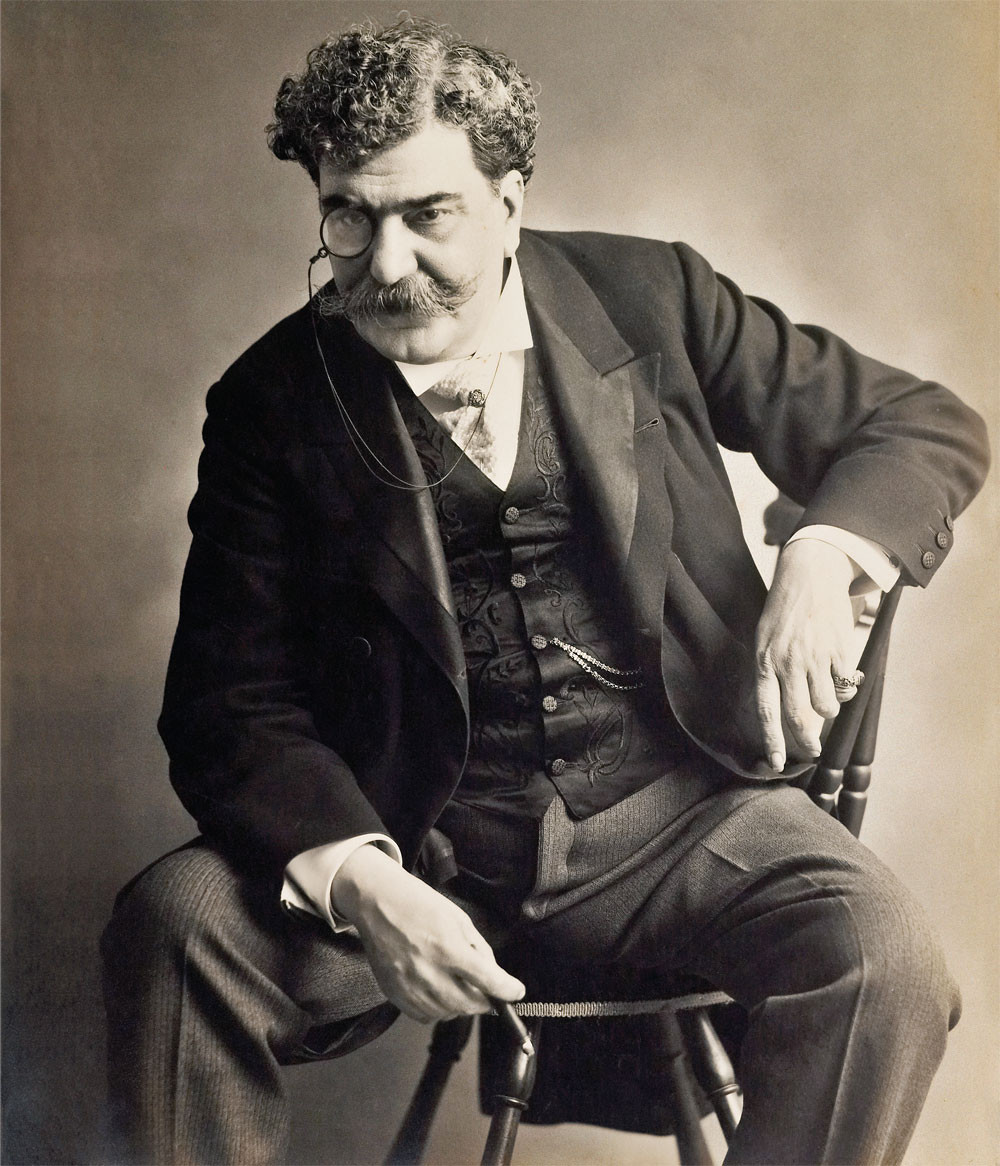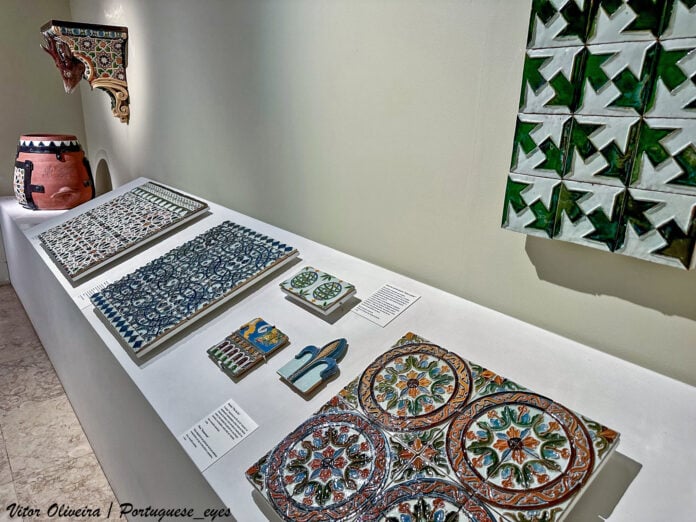Are you planning a trip to Lisbon? If so, you must be scouting for must-visit places in the city, right?! We’ve got something you’ll probably enjoy – the Bordalo Pinheiro Museum! It is dedicated to the life and work of Rafael Bordalo Pinheiro, one of Portugal’s most celebrated artists.
Even if you’re not an art enthusiast, you’ll embark on a culturally rich journey by visiting the museum, as Pinheiro’s work outlines numerous political, social, and cultural subtleties. This way, you won’t only learn about his ceramics that are still praised and inspire thousands of other works but also discover more about the country you’re about to enjoy! Imagine that the museum has a collection of more than 13,000 pieces! What a delight!
Have we aroused your interest?! Keep reading, then! We’ll start by sharing some details about Pinheiro, then move to museum details. As a bonus, we’ve included something about swallows!
Who Was Rafael Bordalo Pinheiro?
Rafael Bordalo Pinheiro was an artist born in Lisbon. He is now famous for his illustrations, caricatures, ceramic designs, and sculptures. By far the most renowned Bordalian artwork is Zé Povinho, a cartoon character portraying a Portuguese everyman. It eventually became the symbol of the Portuguese working class.
Pinheiro wasn’t the only artist in the family. His father, Manuel Maria Bordalo Pinheiro, was a painter, as was his brother – Columbano Bordalo Pinheiro. He lived and created during a period called Fontismo, which lasted for 20 years, from 1868 until 1889. It was a time of modernization and technological and industrial development when many bridges and roads were built, as well as the Portuguese railway network.
Throughout his career, Pinheiro focused much on the cultural, social, and political details of the time, which is why his work is now so treasured by both Portuguese and other peoples. Considering that he lived during Fontismo, his work is, just like everything else created at the time, filled with innovation and dynamism.
In the 1880s, after having built an extensive artistic career, Pinheiro turned to ceramics. He and his brother Feliciano Bordalo Pinheiro founded a ceramics factory in Caldas da Rainha, which functions until today. Rafael was in charge of technical and artistic matters, while his brother was responsible for managing the factory.
They produced ornamental ceramic products, including everyday tableware and wall coverings. Thanks to the skills Rafael had developed as a caricaturist, his ceramics acquired a completely unique style. He aimed at capturing the moment as if taking a photo, thus presenting things in a mimetic style, a naturalist strategy.
Naturalism is at the core of many ceramic motifs that are still highly characteristic of Portugal. Back then, they were also used by Pinheiro – floral motifs, fruits, vegetables, live animals, or dead animals presented as food, including the famous sardines.

The Bordalo Pinheiro Museum
The Bordalo Pinheiro Museum was established in 1916. It aims at preserving and studying Rafael Bordalo Pinheiro’s art. The museum was founded at the request of Cruz Magalhães, an art collector, poet, critic, humorist, and, last but not least, a dedicated admirer of Pinheiro’s lifework.
When the museum opened its doors to the public, it had only one floor to its disposal. Less than ten years later, it extended its headquarters to other rooms, and the staff was already holding numerous events and exhibitions dedicated to Pinheiro.
After Lisbon City Council took charge of the museum’s management, it further extended its area and acquired quite a rich ceramics collection, as well as a specialized library. Additionally, the museum staff was actively collecting whatever pieces they could find related to the Pinheiro family.
Between 1999 and 2005, the museum was closed following some structural problems. It reopened after intensive restoration.
Here’s what exhibitions you’ll enjoy if you add this museum to your Lisbon must-visit list:
- The life and work of Rafael Bordalo Pinheiro
- The life and work of Manuel Gustavo, Pinheiro’s son
- A photograph collection of 1,800 pieces of the Bordalo Pinheiro family, their ceramics factory, and others.
- An extensive collection of “Bordalian” magazines which published Pinheiro’s graphic work.
- A collection of 2,600 drawings signed by Pinheiro and his son, as well as other artists, including Columbano Bordalo Pinheiro and Stuart Carvalhaes.
- A collection of 3,300 lithographed pages from humorous periodicals.
- A collection of 100 paintings, including Rafael’s portrait made by his brother Columbano.
- More than 1,000 ceramic pieces made by Pinheiro and other artists.
- 100 tile pieces produced at the ceramics factory in Caldas da Rainha. Some are as old as the factory, dating from 1884.
- A 3,000-piece collection of documents which includes correspondence, postcards, diaries, and notes.
- A collection of 100 materials and tools Pinheiro and his son used for their artwork.
All in all, the museum collection has more than 13,000 objects that can help visitors unravel the life of the Pinheiro family bit by bit!
In addition, the museum has its own library dedicated to the Bordalo Pinheiro family. It has more than 4,000 titles specialized particularly in Rafael’s work, including periodical publications.
The Bordalo Pinheiro Museum – Location, Hours, and Tickets
The Bordalo Pinheiro Museum is in Lisbon, on Campo Grande 382. It is very close to Universidade Lusófona and Jardim Mário Soares.
Unfortunately, it is quite far from the city center, but you can schedule an entertaining journey to reach it: take a walk through Parque Eduardo VII, visit the Calouste Gulbenkian Museum, and end your day trip at the Bordalo Pinheiro Museum. If you have time the next day, you can also check out the zoo, as it’s not far from the museum.
Here’s what public transport will take you to Bordalo Pinheiro Museum:
- Metro: green or yellow lines that take you to the Campo Grande Station
- Buses: 701, 717, 731, 747, 745, 736, 778, 767, 798, 796, 783, 207, 206
The ticket costs only 3 EUR. If you have a Lisbon Card, you’ll pay 2,40 EUR. Children up to 12 years old do not need a ticket. If you’re a journalist, teacher, tourism professional, or researcher with credentials, you can also enter the museum for free. However, you’ll probably need a document proving this.
The museum is open from Tuesday to Sunday from 10 am to 6 pm.

Bordalo Pinheiro’s Swallow
One of the most famous Bordalian motifs is the swallow, which has now become a Portuguese icon. Although Pinheiro used countless vegetable and animal elements in his artwork, the swallow somehow gained much more attention.
It was in 1891 that Pinheiro made his first ceramic swallows, some of which are still hanging in Tabacaria Monaco in Lisbon. This shop is located in a passageway, and it is not only home to Pinheiro’s swallows but also to some of his tiles and Antonio Ramalho’s ceiling paintings.
Today, you’ll find swallow-themed ceramics and art everywhere in Portugal! Besides carrying bits of Portuguese culture and history, these pieces are symbols of good luck, commitment, joy, loyalty, freedom, and positivity. In short, if you’ve run out of souvenir ideas, don’t hesitate to equip yourself with some Bordalian swallows – your family back home will be delighted!
Even more, you can visit the official Bordallo Pinheiro shop in Lisbon and get your unique pieces! It’s located on Avenida Guerra Junqueiro, 28-D, and is open from Monday to Saturday between 10 am and 7 pm, with a 1-hour break between 2 and 3 pm.
However, this isn’t the only selling point in Lisbon where you can find pieces manufactured at the Bordalo Pinheiro ceramics factory. You can also check them out here:
- A Vida Portuguesa – Intendente: Largo do Intendente Pina Manique 23
- A Vida Portuguesa – Chiado: Rua Anchieta 11 Chiado
- Arte Periferica: Centro Cultural de Belem
- Bordallo Pinheiro El Corte Ingles Lisboa: Avenida António Augusto de Aguiar, nr. 31, Piso 5.
- Cerâmicas Na Linha – Lisboa: Rua Capelo, 16 A 1
- Fimilola: Rua Luís Augusto Palmeirim, nr. 1
In addition, the store has numerous selling points throughout the country. You can find them here.


